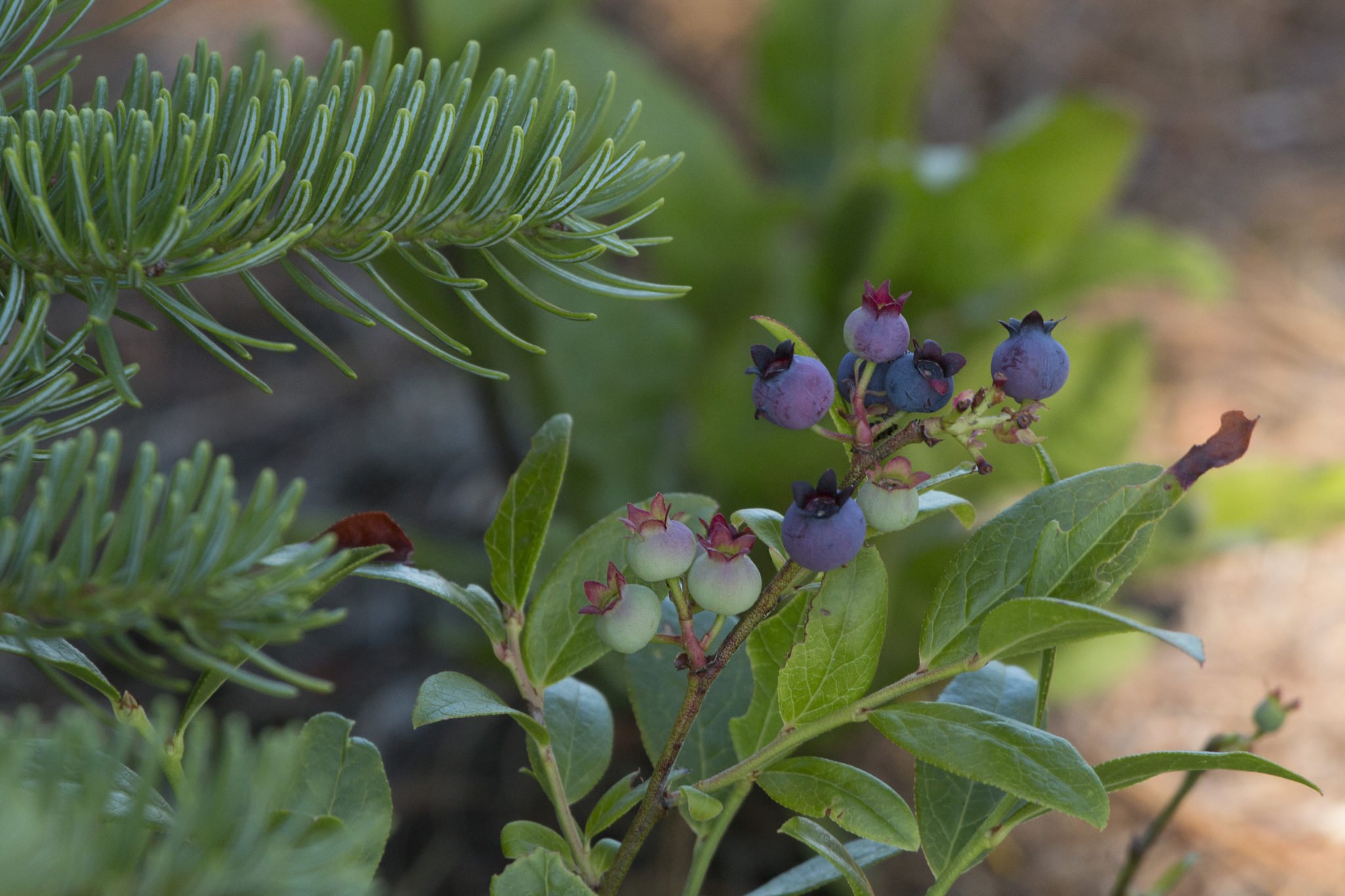How to forage responsibly
Foraging is the

But as the interest in foraging increases, new, inexperienced foragers take to the woods need to know the the legalities and best practices of foraging. Before taking to nature to for look for berries or mushrooms for your dinner table, it is wise to make sure you are following the rules to prevent unpleasant run-ins with landowners — or worse, the law.
Is foraging legal?
Public lands looking to protect the integrity of their habitats may have rules against removing plants. On federally-owned Bureau of Land Management land, it is permissible to pick flowers, berries, or mushrooms in small amounts as long as they are not protected species and you do not plan to sell them commercially. The National Park Service, on the other hand, prohibits removing plants from the parks.
“You just have to be aware of the different kinds of rules are for the different public lands you happen to be at,” explains David Spahr, a foraging expert based out of Washington, Maine. “Normally, you can learn the rules through Internet resources.”
On private land, the general rule is to ask the landowner first. States like Maine used to have rules for “permissive trespassing” on unposted land, but in 2017 the state legislature passed a law forbidding foraging on private land without explicit permission.
“If it looks like you should ask permission, you should,” Spahr says. But don’t feel shy or discouraged: in many cases, Spahr says, people will be happy to have you foraging on their property, especially depending on what you plan to forage.
“A lot of plants that people forage are non-native or invasive, and in a lot of cases people are happy if you take them away,” Spahr says. If you are looking for stinging nettles or dandelion greens, your neighbors will probably appreciate the free weeding service.
Keep an eye out for endangered species as well. Intentionally removing an endangered species from its natural habitat could result in a fine or even jail time. But expert foragers say that if you are looking for endangered species, you may want to rethink your foraging technique.
“[Endangered species] are in such small quantities that they can’t make a meal anyway,” says “Wildman” Steve Brill, a naturalist and foraging expert based in New York, NY. “We’re focusing on renewable resources, of which there are many.”
This brings up another important point in foraging: identification. Make sure you know what you’re foraging, whether that means taking a guide book or an expert human guide — not just for the sake of the land and its owners, but also for you. Some edible species have toxic look-alikes, so it is important to know what you’re ingesting.
“Identify everything with 100 percent certainty,” Brill warns, “or else you could die.”
Tips for foraging responsibly
Foraging enthusiasts may be concerned about the impact of commercial foraging on their tuf, but on a recreational scale, the environmental impacts of foraging are negligible when it is done correctly.
There are three main rules for foraging responsibly:
1. Don’t dig too deeply
Since mushrooms sprout from a bacterial colony called mycelium. As long as you do not dig
2. Leave roots in the ground
A similar rule applies for perennials like fiddleheads and clover. Do not dig them up, just pick the tops, and there will be more for the next year.
“Never pull anything up by the roots,” advises Tom Seymour, a naturalist and expert forager based in Waldo, Maine, who has written several books on the subject, including “Foraging New England” and “Wild Plants of Maine.”
3. Watch your step
It is also important to watch your step; tromping around in delicate environments can do even more damage than removing resources. “Watch that you don’t damage sensitive areas like streamsides,” Seymour says.
As long as you are consciously foraging and check the rules before you go searching for provisions, you can easily avoid causing trouble with the environment, landowners, or local law enforcement.
